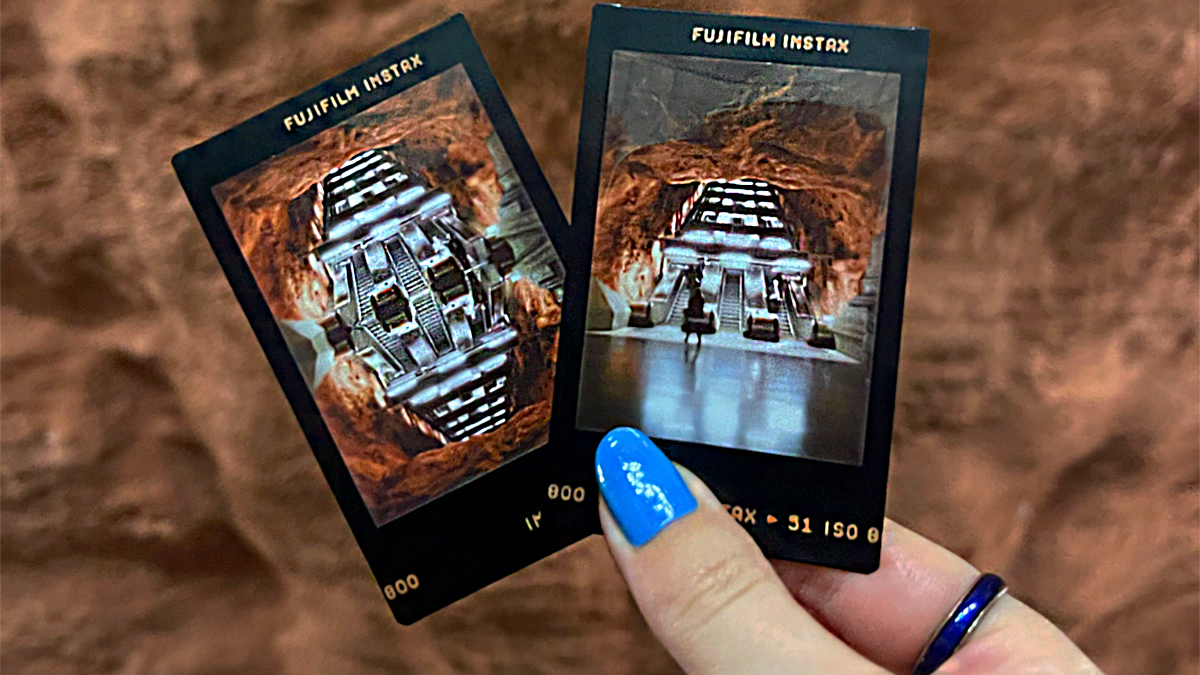It is not always easy to find the perfect photoshoot spot in every city. To help you find the perfect shooting spot in…
guide
Sports Photography as a Spectator – Canoe slalom
X-Photographer Jeff Carter gives his guide to capturing great sports images with the Fujifilm X Series without the need for a media pass – in this first blog Jeff talks about shooting a canoe slalom.
Orcas. An Arctic fairytale of whales (which are actually big dolphins)
Norwegian X-Photographer Tommy Simonsen takes you on an adventure to meet Orca Whales in the Arctic. Not to be missed!
Sports Photography as a Spectator – Rugby
X-Photographer Jeff Carter gives his guide to capturing great sports images with the Fujifilm X Series without the need for a media pass – in this first blog Jeff talks all things Rugby.
Have a little patience – a guide to successful long exposure images
Fujifilm X-Ambassador gives us a very comprehensive, yet easy to follow guide to long exposure – not to be missed..
How to capture an atmospheric Autumn
Probably the most in-depth guide to shooting gorgeous Autumnal images you will read this year by X-Photographer Chris Upton.





